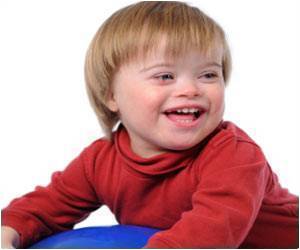Scientists are one step closer to understanding the genetic pathway involved in the development of hearing.
Scientists are one step closer to understanding the genetic pathway involved in the development of hearing. Research has been focused on how sensory hair cells in the ear –– the cells largely responsible for hearing –– develop unique shapes that enable the perception of sound.
Situated in the hearing portion of the inner ear, the hair cells transform the mechanical vibrations that enter the ear in the form of sound waves into chemical signals, which they then direct to the brain.It is surprising to know that some species, including birds, are capable of re-growing hair cells. However mammals lack the ability to naturally regenerate hair cells. Thus individuals born with improperly developed hair cells, or those who lose them through trauma, disease, environmental factors or aging, cannot regain their hearing.
Optimistic results have been obtained so far in this area that by discovering the genes involved in development of the ear, a better understanding of the molecular mechanisms can be had that could facilitate treatment for some forms of deafness. In addition, the approach promises for future efforts in hearing restoration.
It was originally known that the unique asymmetrical shape of hair cells was an integral part of the hearing process. However, it was not clear which genes were involved in the development of this polarized shape within the cochlea. It has now been discovered that the PCP pathway is involved in shaping the cochlea and the sensory hair cells. Mutations within this genetic pathway impair the shape of the cochlea and the polarity of the sensory hair cells that are essential for hearing.





